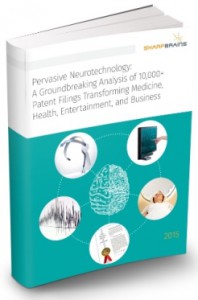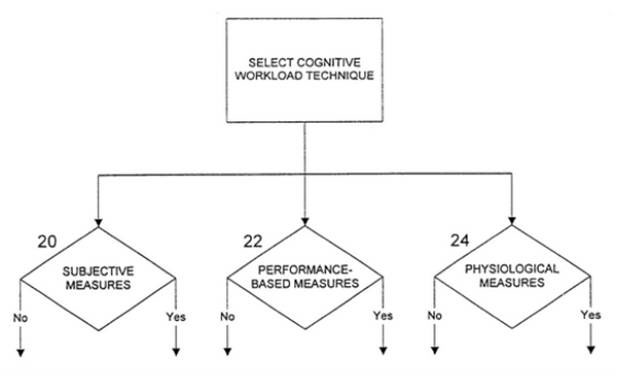Method for categorizing, describing and modeling types of system users: Key Neurotech Patent #7
Today we are sharing a 2002 patent assigned to AT&T Labs, Inc. (As mentioned, we are featuring a foundational Pervasive Neurotech patent a day, from older to newer by issue date)
U.S. Patent No. 6,405,159: Method for categorizing, describing and modeling types of system users
- Assignee(s): AT&T Labs, Inc.
- Inventor(s): Robert R. Bushey, Jennifer M. Mauney
- Technology Category: NeuroCognitive Training
- Issue Date: June 11, 2002
SharpBrains’ Take:
While user interfaces (UIs) are often generically built for large groups, organizations or even the general population, the ‘159 patent discloses teachings that recognize that models of each user based on unique personal indicators may be applied to tailor a UI to specific individuals and increase performance in important behavioral areas. The system considers and charts users on many dimensions, including cognitive workload (as recited in dependent claim 9), in order to model the user and provide a customizable UI. The ‘159 patent includes a robust specification with 21 illustration sheets and 22 pages of written description. Factors that make the ‘159 patent a key non-invasive neurotechnology include the extensive specification and the importance of considering individual cognition to improve quality and quantity of individual contributions through better computing interfaces.
Abstract:
A method for categorizing, describing, and modeling types of system users where information from the models can be used in designing a user interface. Users may have improved performance using the user interface. A list of tentative behaviors of the users is created. This list is created by identifying the goals desired for the user interface or the user models, and listing expected and desired behaviors that are relevant to these goals. The list is revised to include only those behaviors that are important or frequent based on the goals. Categorizing the behaviors is performed by obtaining information from users regarding their characteristics and behaviors. Each user’s behavioral information is then converted to a score or value. The users are then mapped or charted based on which behaviors they exhibit. The mapping or charting is analyzed to identify clusters of users. These clusters define groups of users that have similar behaviors. The groups are then analyzed to produce descriptions of each group. This consists of selecting one or more users from each group and obtaining additional behavioral information. This additional behavioral information is analyzed to produce descriptions for each group. These descriptions are then used to formulate models of behaviors for each group. Information from these models can be used to design and create a user interface that helps increase user performance when using this user interface.
Illustrative Claim 1. A method for modeling types of system users, the models being used to provide data for designing a system user interface, comprising:
- categorizing behaviors of a plurality of types of users into at least two groups of users, each group including at least one user and at least one other user, the at least one user having behavior that differs from behavior of the at least one other user;
- describing behaviors of each group of users, based on behaviors of selected users from each group; and
- modeling the described behaviors of each group to design a desired user interface.
 To learn more about market data, trends and leading companies in the digital brain health space –digital platforms for brain/ cognitive assessment, monitoring and enhancement– check out this market report. To learn more about our analysis of 10,000+ patent filings, check out this IP & innovation neurotech report.
To learn more about market data, trends and leading companies in the digital brain health space –digital platforms for brain/ cognitive assessment, monitoring and enhancement– check out this market report. To learn more about our analysis of 10,000+ patent filings, check out this IP & innovation neurotech report.



